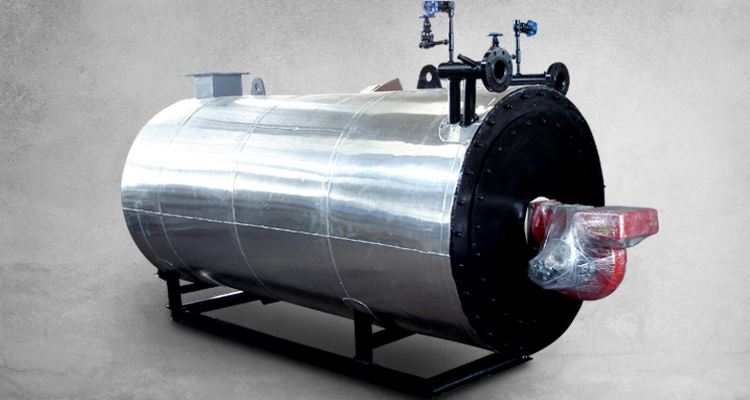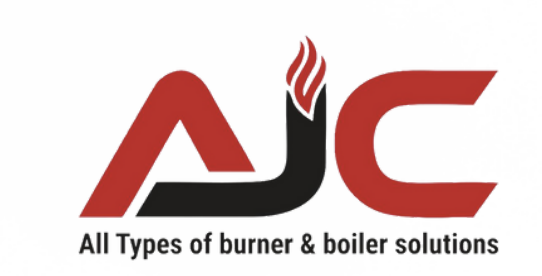HOT WATER GENERATOR

SPECIFICATION
SPECIFICATION
3 Pass, Gas fired Automatic Hot Water Generator Comprises of a nest of closely wound helical concentric coil to give three passes of flue gas and fabricated out of HIGH HEAT RESISTANT BOILER TUBES suitable for high temperature service. The coil is housed concentric in M. S. Shell. Heater shell is directly welded to a sturdy M.S. base frame. Front door is provided on hinge for ease of maintenance.
| Fuel | : | Municipality Waste, Agro-waste, waste water/sewage sludge, solid recovered fuels, refuse derived fuels, spent bleaching earth, spent wash. |
| Calorific value | : | depending upon different fuels |
| Capacity | : | Upto 60 TPH |
| Pressure | : | up to 67 bar(g) |
| Temperature | : | 490 degree Celcius |
- A waste-to-energy plant is a waste management facility that combusts wastes to produce electricity.
- This type of power is sometimes called a trash-to-energy, municipal waste incineration, energy recovery or resource recovery plant
- The typical range of net electrical energy that can be produced is about 500 to 600 kWh of electricity per ton of waste incinerated
- The incineration of about 2,200 tons per day of waste will produce about 1200 MWh of electrical energy.
- Most waste-to-energy plants burn municipal solid waste, but some burn industrial waste or hazardous waste
- Fuel cost can account for as much as 45 percent of the cost to produce electricity in a coal-powered plant, and 75 percent or more of the cost in a natural gas-powered plant.
- Waste-to-energy plants cause lesser air pollution than coal plants

